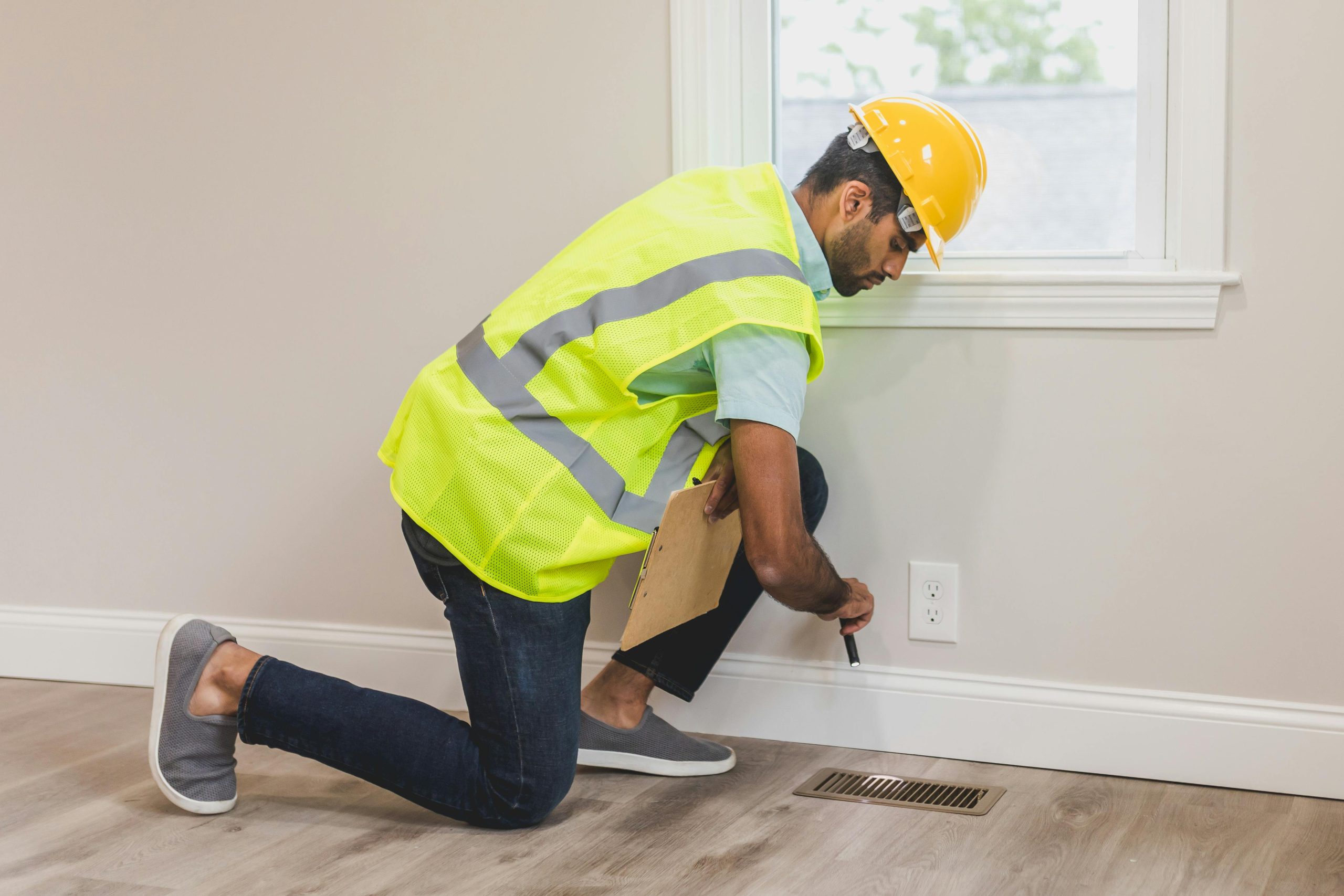Things that Fail a Home Inspection

Things That Fail a Home Inspection
A home inspection is a crucial step in the buying and selling process, ensuring that a property is safe and structurally sound. However, certain issues can cause a home to fail an inspection, potentially delaying or even derailing a sale. Here are some of the most common problems that can lead to a failed home inspection.
1. Roof Damage
A deteriorating or leaky roof is a major red flag. Missing shingles, water damage, or structural weaknesses can indicate the need for costly repairs, making buyers and lenders hesitant.
2. Foundation Issues
Cracks in the foundation, uneven floors, or doors that don’t close properly could signal structural problems. Foundation issues can be expensive to fix and might require professional assessment.
3. Plumbing Problems
Leaky pipes, water stains, and slow drains are common inspection failures. Serious plumbing issues, such as outdated pipes or poor water pressure, can lead to costly repairs and even potential health hazards.
4. Electrical System Deficiencies
Faulty wiring, outdated electrical panels, or insufficient outlets can pose fire hazards. Inspectors look for exposed wires, overloaded circuits, and adherence to safety codes to ensure a home is up to standard.
5. HVAC System Malfunctions
Heating, ventilation, and air conditioning (HVAC) systems must function properly. Inspectors check for inefficient units, dirty filters, leaks, or outdated systems that may need replacing.
6. Pest Infestations
Termites, rodents, and other pests can cause extensive damage to a home. An inspector will look for signs of infestation, such as wood damage, droppings, or nesting materials.
7. Mold and Water Damage
Mold growth and water damage are major red flags, often indicating leaks or poor ventilation. Mold can pose health risks and require costly remediation.
8. Faulty Windows and Doors
Broken seals, rotting frames, or improper installation can impact insulation and security. Inspectors will check for drafts, misalignment, or damaged components that need replacement.
9. Poor Drainage and Grading
Water pooling around a home’s foundation can lead to long-term damage. Proper grading and functional gutters are necessary to direct water away from the property.
10. Asbestos and Lead Paint
Older homes may contain hazardous materials like asbestos insulation or lead-based paint. These require professional removal to ensure safety and compliance with modern regulations.
Final Thoughts
Failing a home inspection doesn’t mean a deal is off the table, but it does highlight issues that need addressing. Sellers should consider a pre-inspection to catch problems early, while buyers should use the inspection report to negotiate repairs or pricing.
Need expert guidance on navigating home inspections? Contact Dajinae Bell at Century 21 Harris Hawkins And Co for professional real estate advice!


